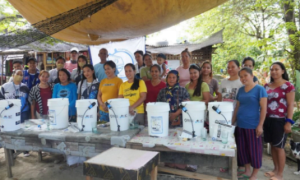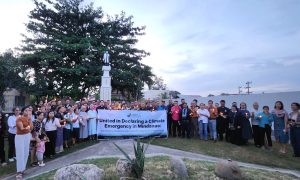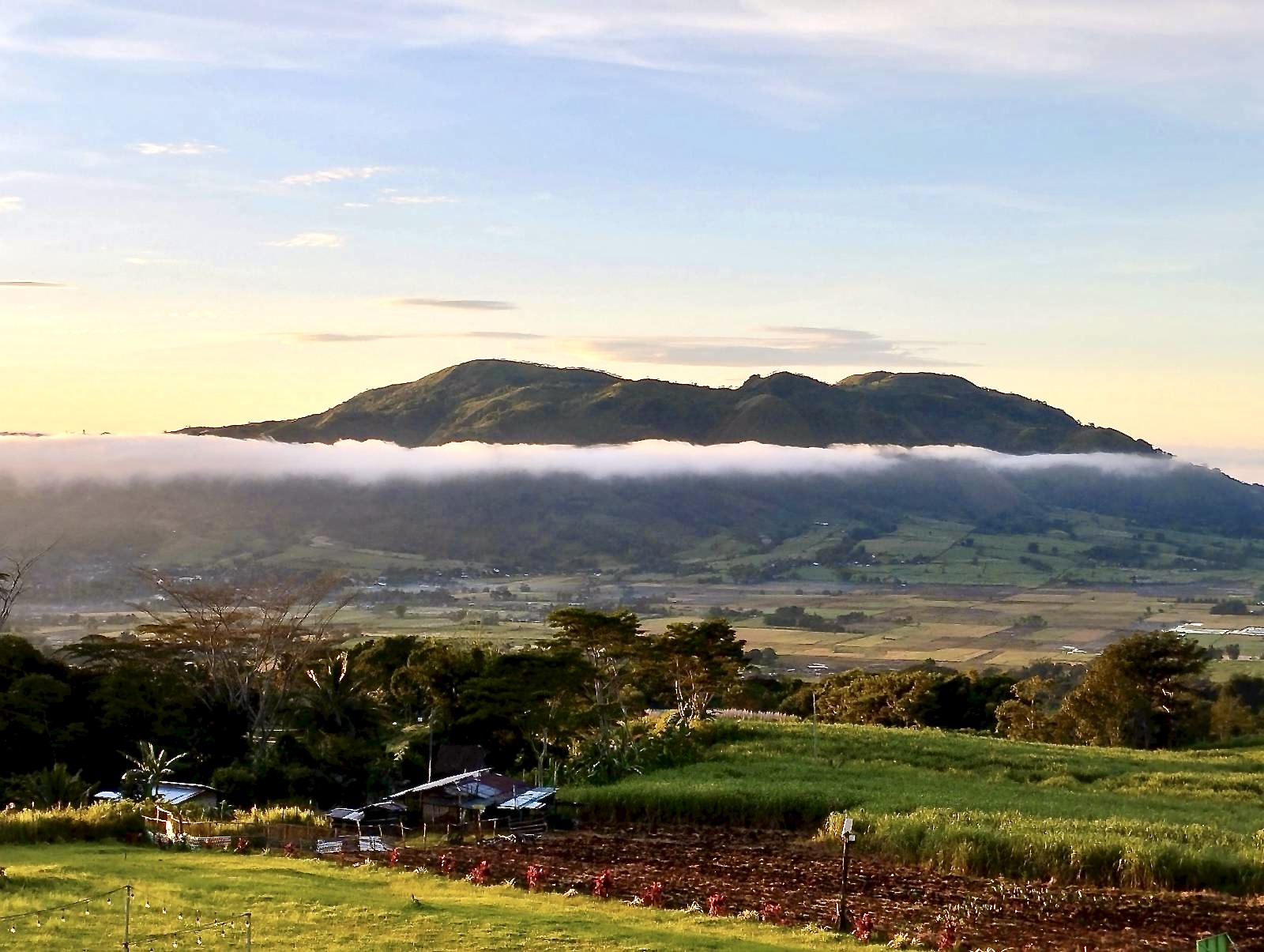
“Our shared mission is to defend life in all its forms—human, ecological, and spiritual. In caring for creation, we care for one another.”
— Fr. Arthuro “Fr. Art” Paraiso, Legal Chairperson, Indigenous Peoples Apostolate (IPA), Diocese of Malaybalay; and Convener, PANAAD Network
With these words, Fr. Arthuro Paraiso opened the spirit of the “Defending Land, Defending Life: Capacity Building for Mindanao’s Frontline Defenders” — a three-day gathering that reaffirmed the sacred link between faith, justice, and the defense of land and life.
In the highlands of Bukidnon—where mountains once blanketed by forests now bear the marks of logging, mining, and floods—frontline communities came together to renew their commitment to protect the environment and human dignity.
In celebration of National Indigenous Peoples’ Month, more than thirty Indigenous leaders, youth advocates, women human rights defenders, church workers, and grassroots organizers joined the training organized by Mindanao Climate Justice (MCJ) in partnership with the PANAAD Network, Kinaiyahan Youth Network, and the Diocese of Malaybalay – Indigenous Peoples Apostolate (IPA) and Ecology Ministry.
The event forms part of MCJ’s 2025 campaign, “Climate Justice and Solidarity in Mindanao,” leading up to the Mindanao Solidarity and Climate Justice Conference this November.
Why Bukidnon?
Bukidnon is not only ecologically gifted—it is known as the cradle of environmental activism in the Philippines. It is home to the Talaandig, Higaonon, Umayamnon, and Manobo peoples—resilient stewards of ancestral lands, watersheds, and food systems that sustain Mindanao’s life and culture.
As the watershed province of Mindanao, Bukidnon gives birth to six of the island’s eight major rivers—including the Pulangi, Tagoloan, and Cagayan Rivers—which nourish ecosystems and communities across the region.
It is also a place of historic and ongoing resistance. In 1987, farmers and clergy in San Fernando launched a mass campaign against illegal logging, resulting in a national logging moratorium and the deputation of 45 priests as forest protection officers.
Holding the capacity building in Bukidnon thus carried deep symbolic meaning: a return to one of the roots of ecological defense, a renewal of community spirit, and an affirmation of the Indigenous legacy of Mindanao’s environmental movement.
Listening to the Frontlines
Before the formal sessions began, participants visited the Manobo-Pulangiyon community in Barangay Butong, Quezon, Bukidnon to listen and bear witness to their ongoing struggle for ancestral land.
Since 2018, more than 1,000 families from the tribe have been displaced—forced to live in roadside tents after being evicted from 1,100 hectares of ancestral land now occupied by a corporate pineapple plantation. Despite holding a Certificate of Ancestral Domain Recognition (CADT) from the NCIP, they continue to face hunger, malnutrition, and violence—including an armed attack during a peaceful re-entry attempt.
“We may have lost our land, but we have not lost our spirit,” said one tribal elder. “We continue to stand because this land is our life.”
Their struggle is a living reminder of the urgent need for justice, land recovery, and the protection of Indigenous rights. The visit grounded the training in lived realities, reminding participants that solidarity begins by standing with those most affected.

Day 1: Grounding in Context and Struggles
The capacity building opened with a Lumad ritual and solidarity prayers led by Indigenous and church leaders, honoring ancestors and creation.
MCJ facilitators discussed Mindanao as ground zero for both the climate and human rights crises. The Philippines remains the world’s most disaster-prone country, and Mindanao bears the brunt: between 2017 and 2022, 4.4 million people were displaced, 83% due to floods and storms. In September 2025, Valencia City, Bukidnon declared a state of calamity after flash floods killed residents and displaced over 2,000 families.
Participants connected these disasters to systemic injustices—mining, agribusiness expansion, and militarization—that destroy both ecosystems and communities. Many reflected on the closure of over 200 Lumad schools, depriving more than 10,000 Indigenous children of their right to education and culture.
Afternoon reflection circles brought together Lumad, Bangsamoro, farmers, fisherfolk, youth, and women defenders to exchange stories and strengthen their shared understanding of struggle and resilience.
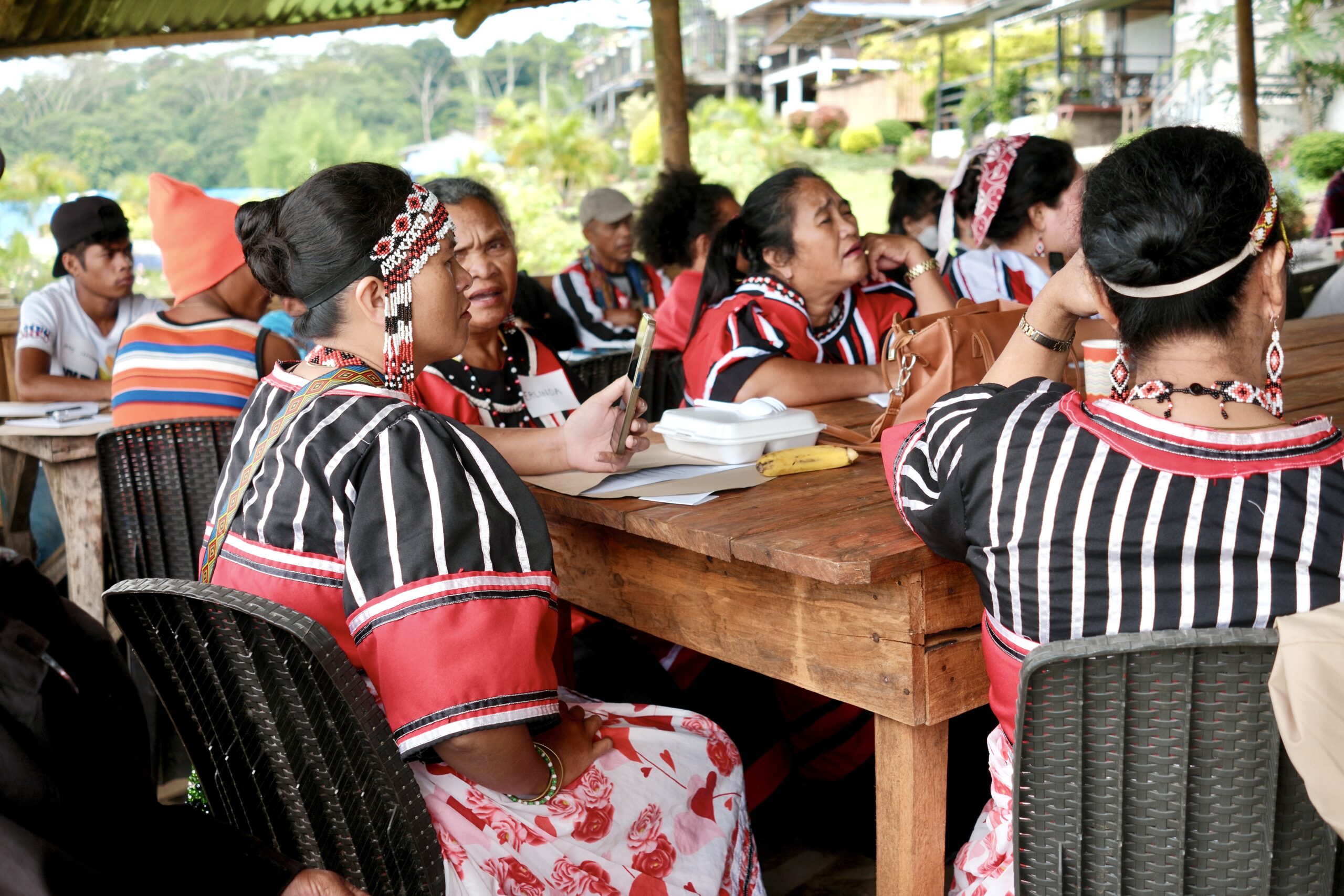
Day 2: Rights, Resilience, and Collective Care
The second day focused on equipping defenders with legal knowledge, advocacy skills, and collective care practices.
In the morning, Atty. Thaddeus Tuburan of the Union of Peoples’ Lawyers in Mindanao (UPLM) shared practical frameworks for asserting rights under the Indigenous Peoples’ Rights Act (IPRA), the UN Declaration on the Rights of Indigenous Peoples (UNDRIP), and environmental laws. He emphasized that knowing one’s rights is the first step in collective defense.
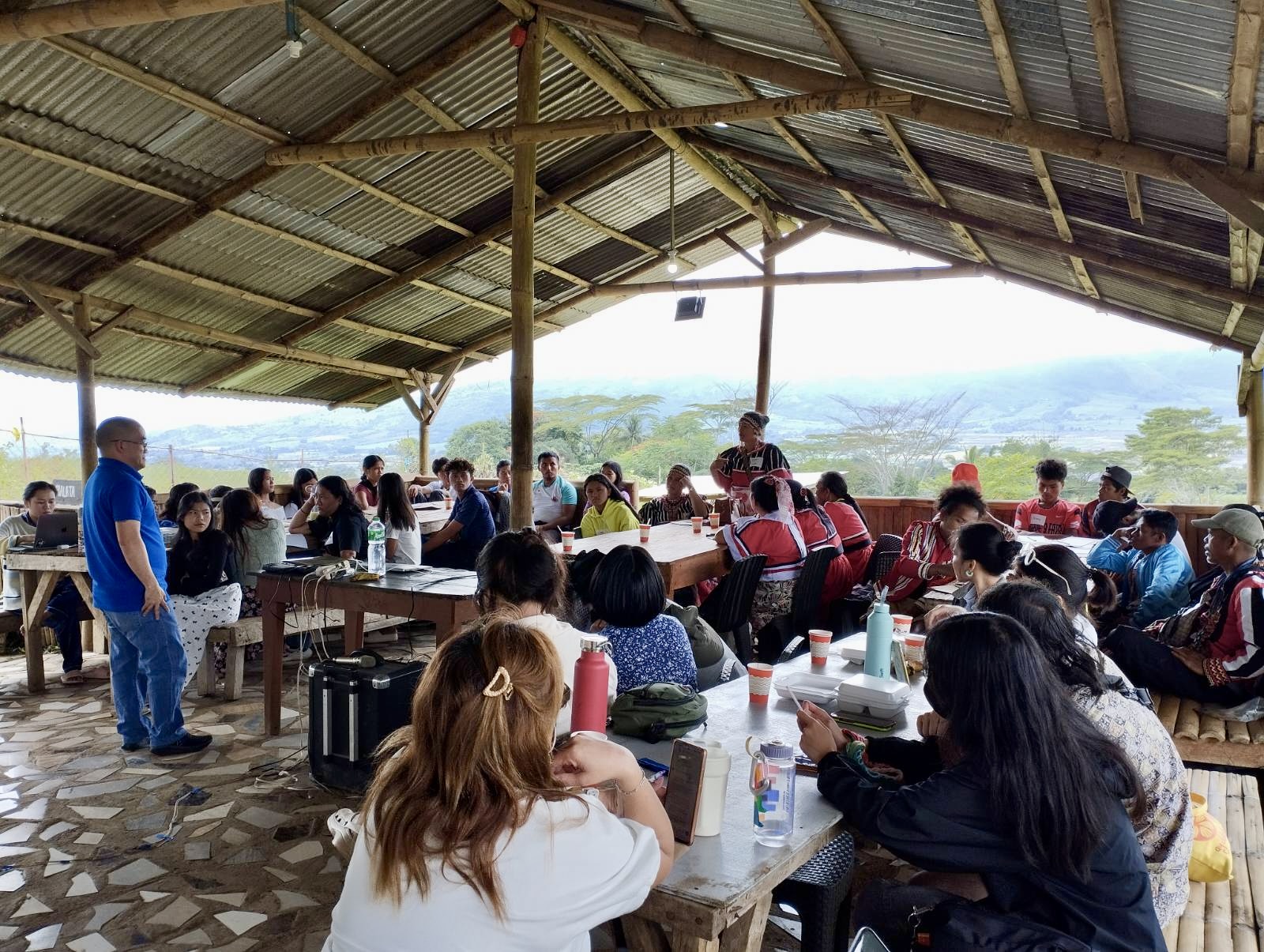
In the afternoon, MCJ adviser Margaret Yarcia and Danela Dagdag of LemonadePH facilitated a collective care workshop using the interactive “Tree of Care” exercise. Participants identified their roots (sources of strength), branches (hopes and dreams), and leaves (daily practices for healing). The session underscored that care is not separate from struggle—it sustains it.
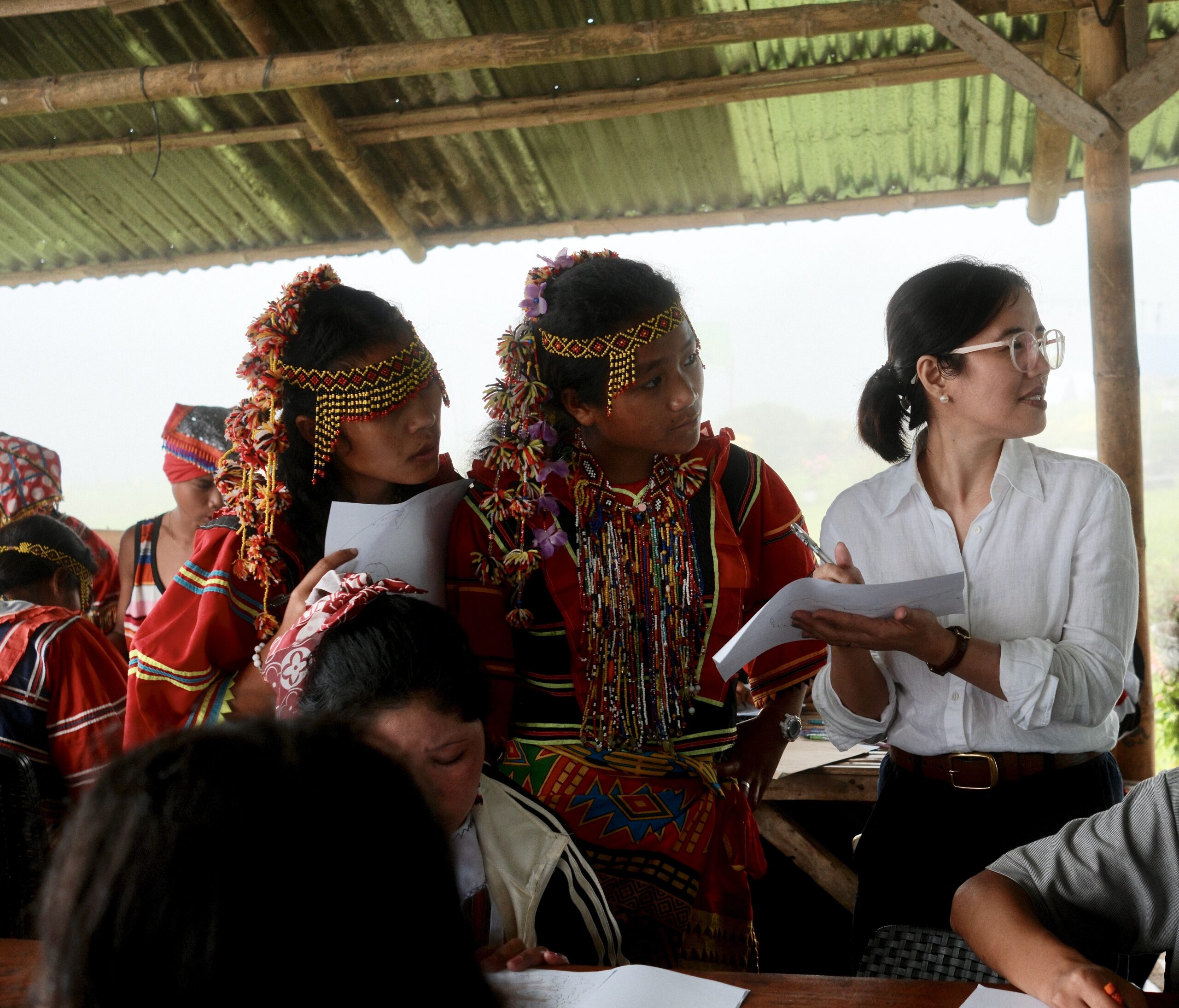
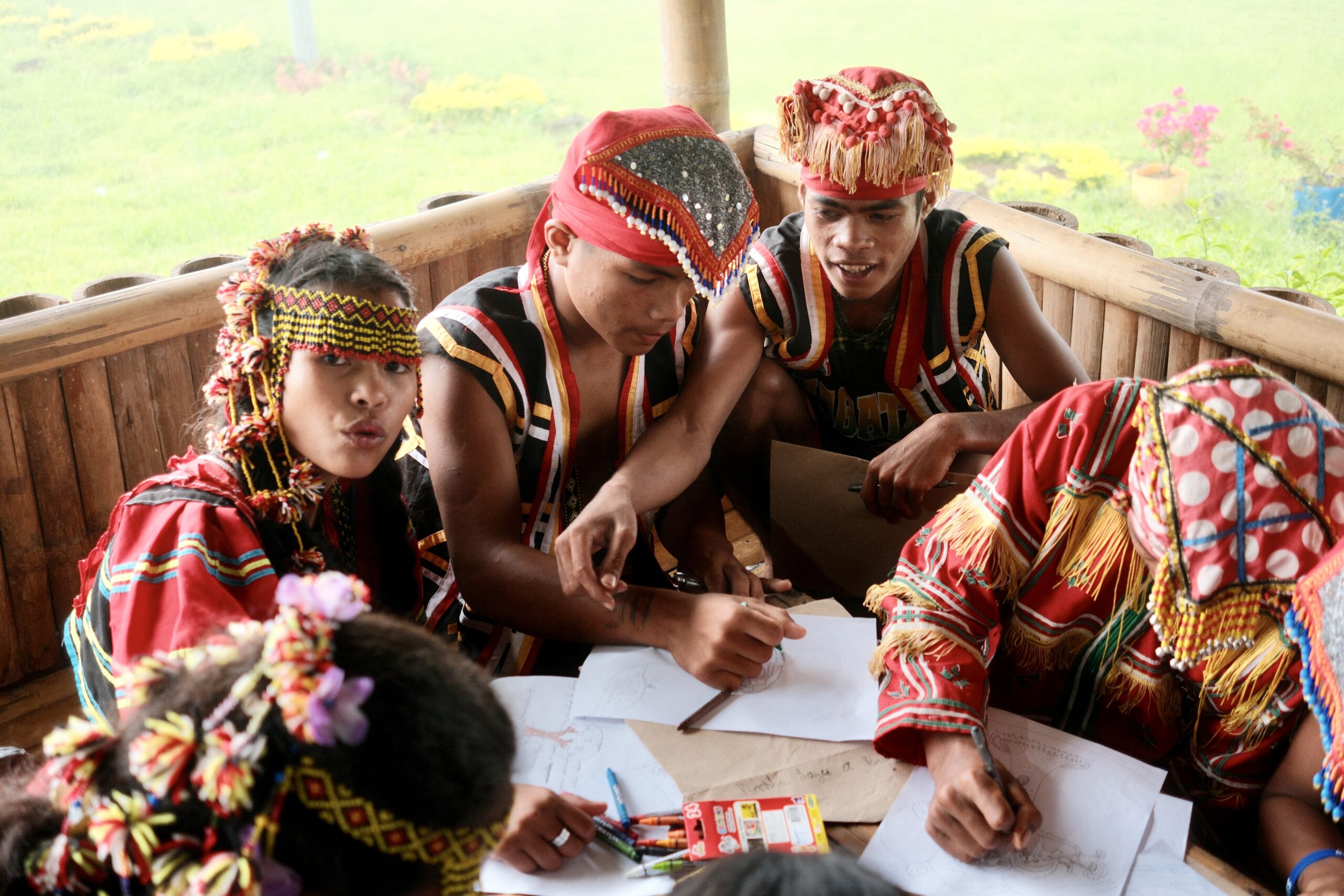
The day concluded with a Solidarity and Cultural Night, featuring Lumad chants, poetry, and songs of resistance that celebrated courage and community joy.
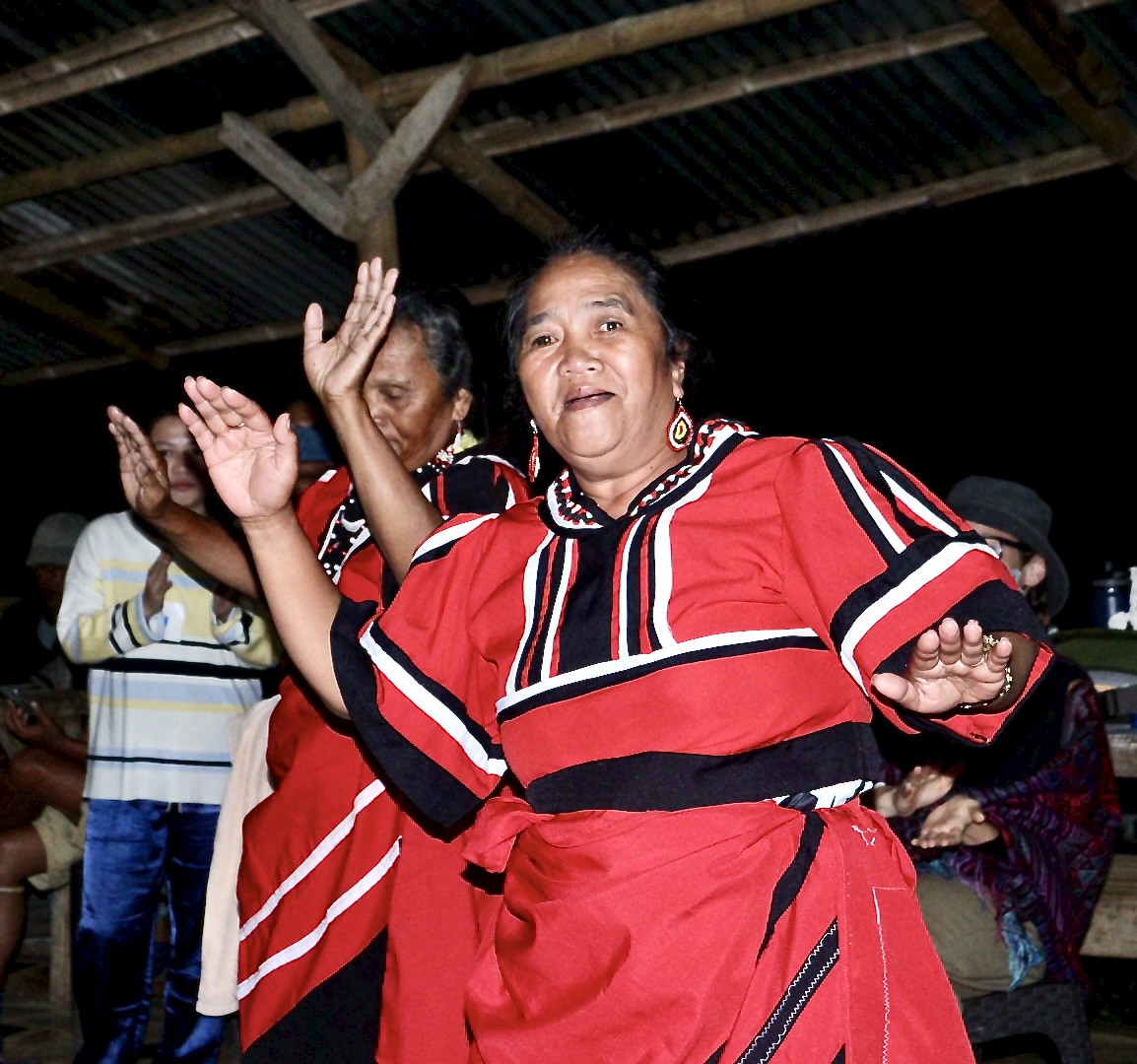
Day 3: Building Power, Building Futures
The final day turned learning into action. Youth participants launched the Kinaiyahan Youth Network – Bukidnon Chapter, strengthening local organizing and campaigns for climate justice and human rights.
Sectoral workshops produced concrete plans for legal defense, psychosocial support, and advocacy, highlighting intergenerational leadership and cross-sector collaboration. Faith leaders, Lumad elders, and youth organizers outlined shared strategies for protection, healing, and advocacy in the face of growing threats.

The event closed with a solidarity ritual and reflection led by Fr. Arthuro Paraiso, who reminded participants that defending creation is both a moral duty and a collective act of hope:
“Let us walk together—Indigenous, faith, and youth communities—as one family of creation.”
Shared Commitments and Next Steps
The Bukidnon gathering concluded with a renewed spirit of unity among Mindanao’s defenders. Participants pledged to continue collaboration in legal empowerment, mental health support, and environmental advocacy, carrying these commitments forward to the upcoming Mindanao Solidarity and Climate Justice Conference in November 2025.
“We defend not only our land,” said a Lumad leader during the closing, “but our future—for our children and the next generation.”
As Bukidnon’s history reminds us, defending land is not just a cause—it is a covenant with the earth, one that Mindanao’s defenders continue to uphold with courage, compassion, and care.

About the Event
This activity forms part of MCJ’s ongoing work to strengthen frontline organizations and networks of care through its programs:
- Duyog – Defender Care and mental health support
- Kinaiyahan – Youth for Climate Justice
- PANAAD – Faith and Advocacy Network
MCJ extends its deepest gratitude to Fr. Arthuro Paraiso, the Diocese of Malaybalay, and all partner communities for hosting and accompanying the training.
The gathering was not only a workshop—it was a celebration of courage and community. Held during Indigenous Peoples’ Month, it honored the continuing resistance of Mindanao’s Indigenous and rural peoples—the island’s first and most steadfast defenders of land, life, and the climate future of the Philippines.

